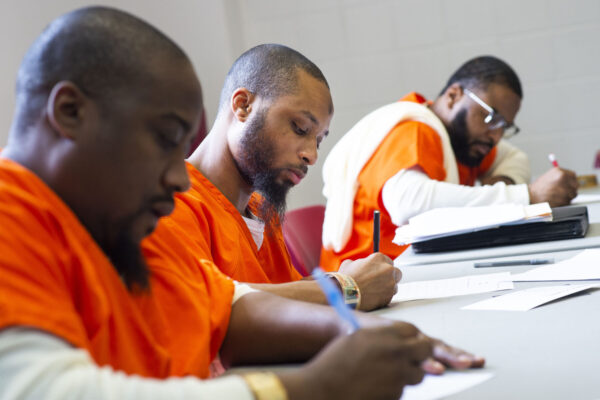The Impact of FAFSA Completion on Pell Grant Funds
Title: Pell Dollars Left on the Table: How Many Pell Grant Dollars Did the High School Class of 2022 Leave Unclaimed in Your State?
Authors: Raymond AlQaisi and Bill DeBaun
Source: National College Attainment Network (NCAN)
Approximately 7 million undergraduate students benefit every year from receiving the Pell Grant, a federal financial assistance program for pursuing postsecondary education. The National College Attainment Network (NCAN) has released data on Pell Grant distribution based on the number of high school graduates who had completed the Free Application for Federal Student Aid (FAFSA). Over $3.6 billion of funding was left unallocated during 2022.
In order to receive Pell Grant funds, students must apply for the FAFSA and await eligibility. FAFSA completion is important because it determines what types of financial assistance prospective and current college students are eligible for, which in turn aids in decreasing reliance on student loans or working outside of campus. However, completing the FAFSA presents several challenges, particularly around securing tax information and other needed documentation—creating additional obstacles for students from historically marginalized groups. The report also found that the COVID-19 pandemic had an impact on FAFSA completion rates, which contributed to the increased amount of residual funds.
In calculating statistics, NCAN looked at each state’s student population size, percentage of FAFSA non-completers, and Pell eligibility rates, among other factors. The report shares some eye-opening statistics:
- States with the highest FAFSA completion rates in 2022 include Washington, DC (74 percent), Tennessee (71 percent), Louisiana (69 percent), Illinois (68 percent), Texas (63 percent), Rhode Island (63 percent), and Alabama (62 percent).
- States with the lowest rate of FAFSA completions in 2022 include Alaska (35 percent), Utah (38 percent), Oklahoma (43 percent), Florida (46 percent), Idaho (46 percent), and Arizona (47 percent).
- The states with the highest amount of Pell Grant dollars left in 2021 and 2022 were California, Texas, Florida, New York, and Georgia.
NCAN provides some recommendations toward increasing Pell Grant distribution, such as:
- Requiring FAFSA completion for high school graduation.
- Providing training to college access professionals and high school counselors on financial aid resources, FAFSA completion, and student-level data sharing.
- Developing partnerships among colleges, districts, schools, and other community organizations to do intentional outreach efforts with students and their families.
- Incentivizing schools and districts to increase their FAFSA completion rates.
For more details, recommendations, and use of an interactive tool, click here to read the full report.
—Tabatha Cruz
If you have any questions or comments about this blog post, please contact us.


